Today on my morning walk I kept finding myself drawn to tendrils of muscadine grapevines, which are growing in profusion right now along Piney Woods Church Road.
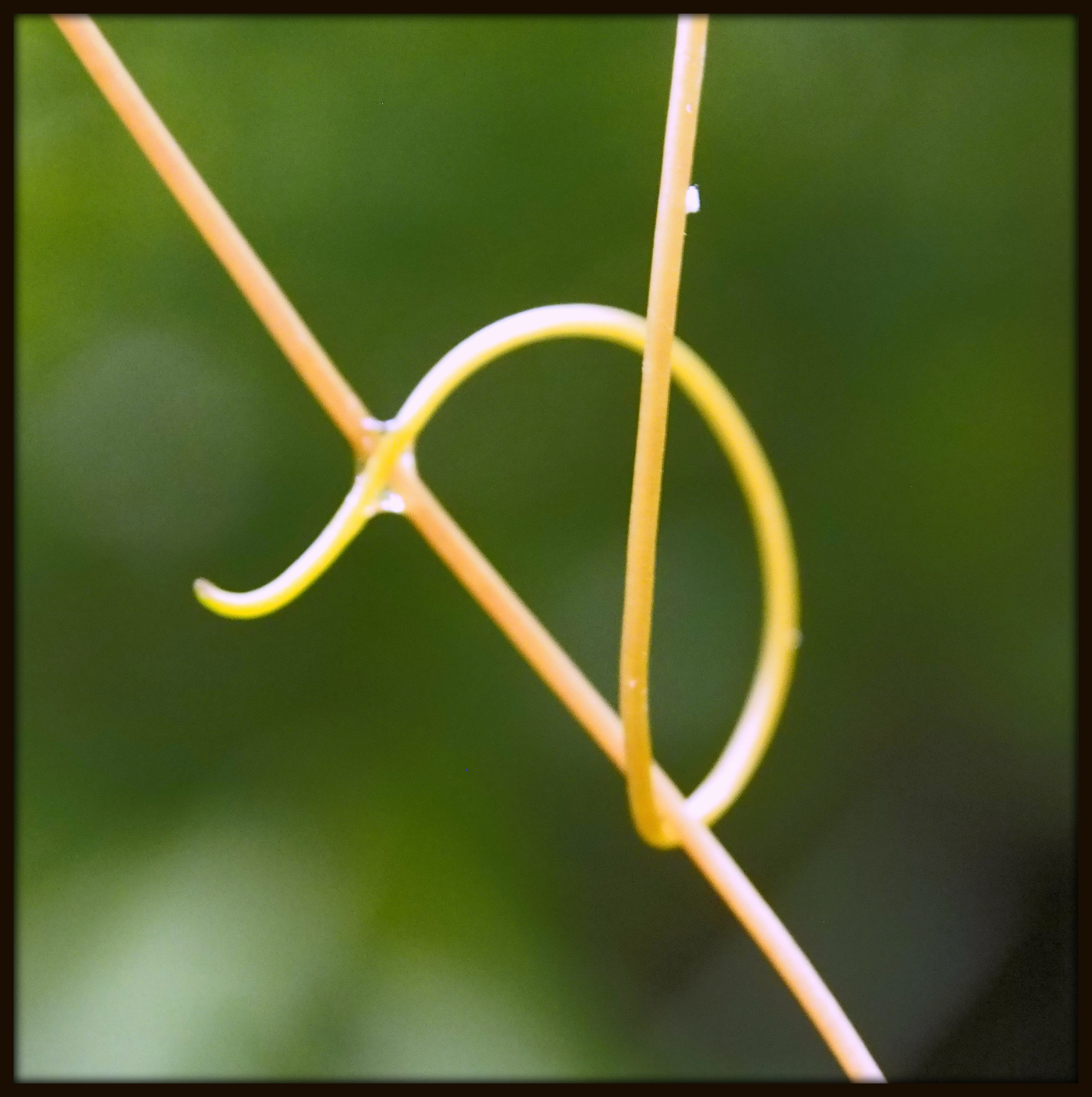
Today on my morning walk I kept finding myself drawn to tendrils of muscadine grapevines, which are growing in profusion right now along Piney Woods Church Road.

There are two more flowers in bloom in my neighborhood, though I haven’t found examples yet along Piney Woods Church Road. The first is the Slender Ladies’ Tresses Orchid (Spiranthes lacera), which has been appearing in my front lawn for the past several years. I do the best I can to mow around them when I see them; typically, there are half a dozen of them scattered across my yard. Then, just across the road from my house, beside Rico Road and in the shade of a forest edge, I saw a single blossom of what I am nearly certain is the Carolina Wild Petunia (Ruellia carolinensis). This lovely flower looked like it had escaped from somebody’s garden. However, if my ID is correct, it is actually a wildflower native to much of the Southeast.
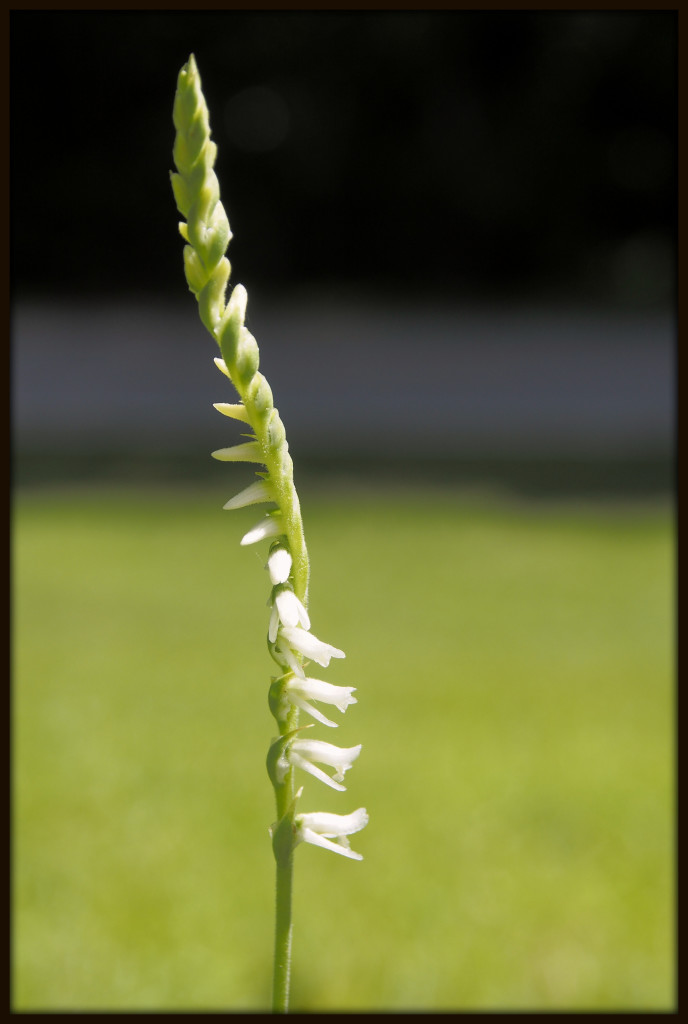
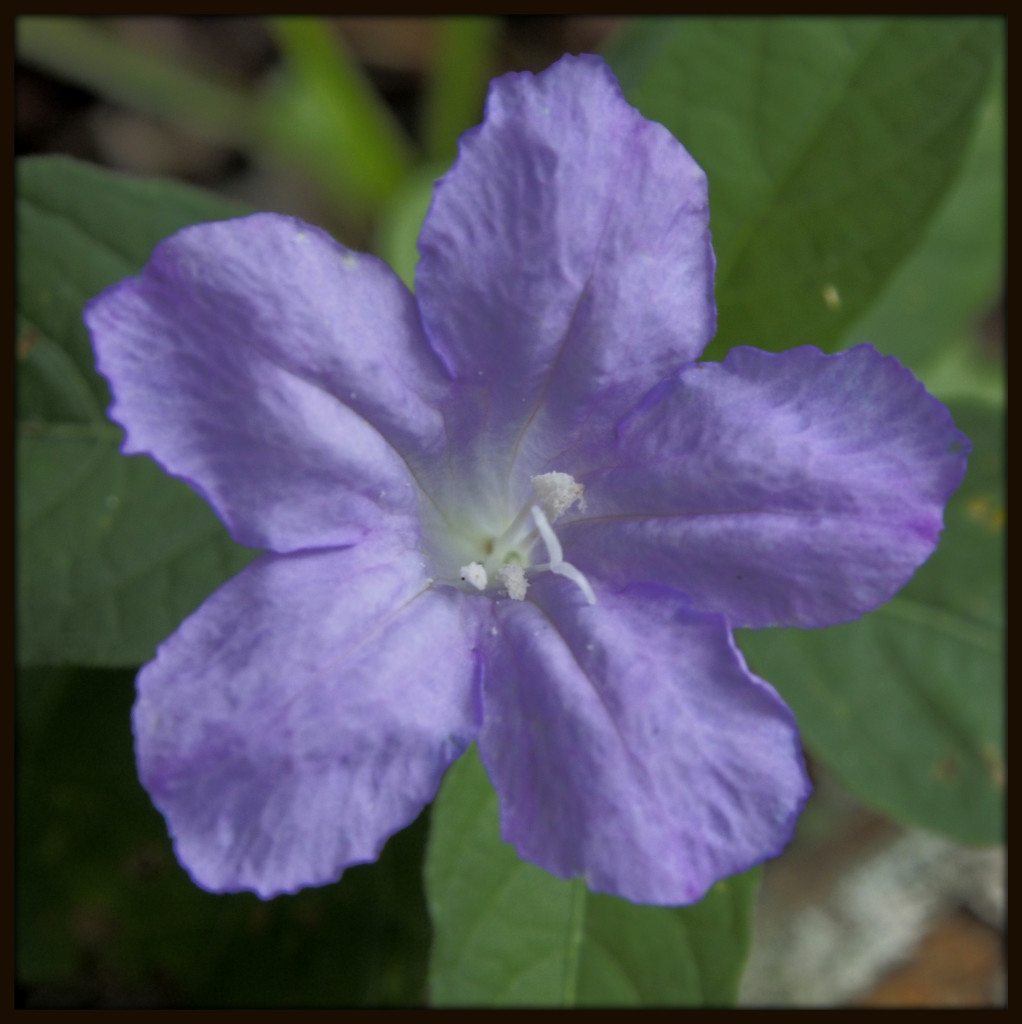
Here is a lovely butterfly, a Little Wood Satyr (Megisto cymela), which I glimpsed resting on a leaf along Piney Woods Church Road today.
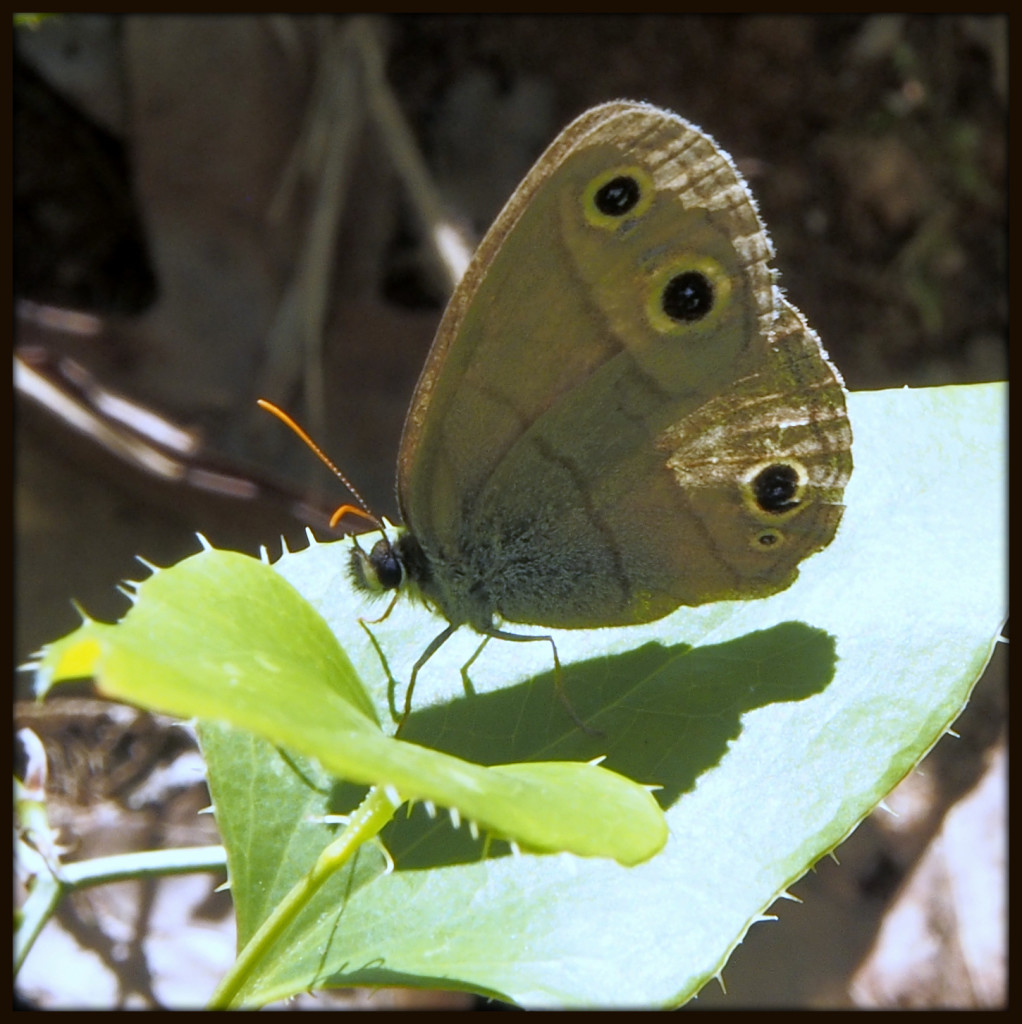
Nature will bear the closest inspection; she invites us to lay our eye level with the smallest leaf, and take an insect view of its plain. She has no interstices; every part is full of life.
— H.D. Thoreau, “A Natural History of Massachusetts”
Below: Leaf of an unidentified shrub, illumined by the afternoon sunlight, 10 June 2014.
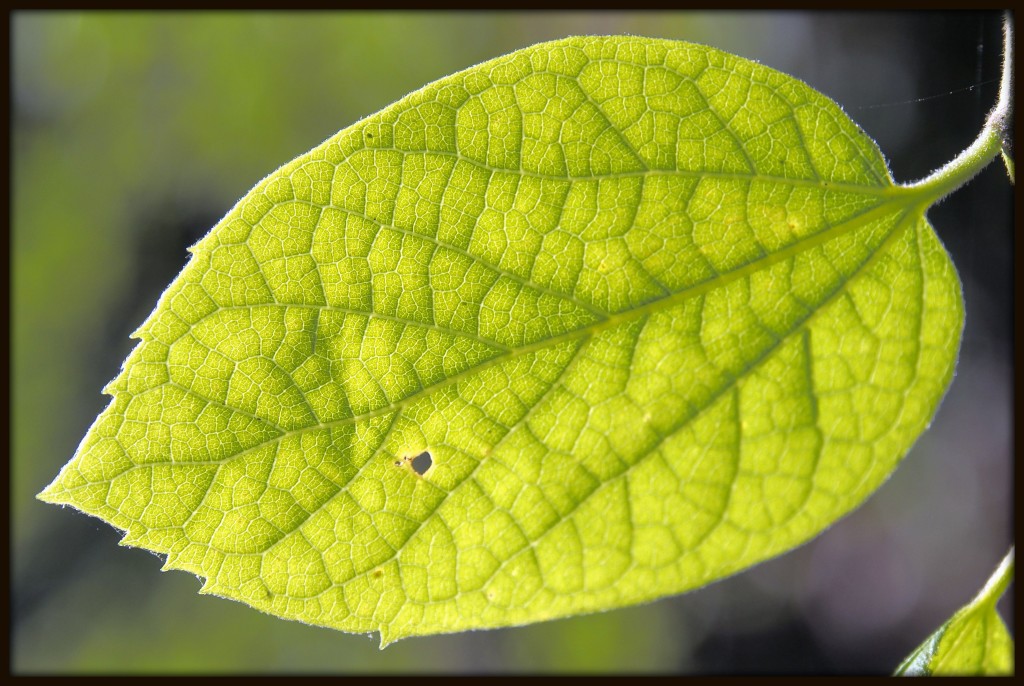
At the still point of the turning world. Neither flesh nor fleshless;
Neither from nor towards; at the still point, there the dance is,
But neither arrest nor movement. And do not call it fixity,
Where past and future are gathered. Neither movement from nor towards,
Neither ascent nor decline. Except for the point, the still point,
There would be no dance, and there is only the dance.
— T.S. Eliot, “Burnt Norton” from The Four Quartets
Below: A fallen bit of red cedar lies on a leaf of air potato, Piney Woods Church Road, 10 June 2014.
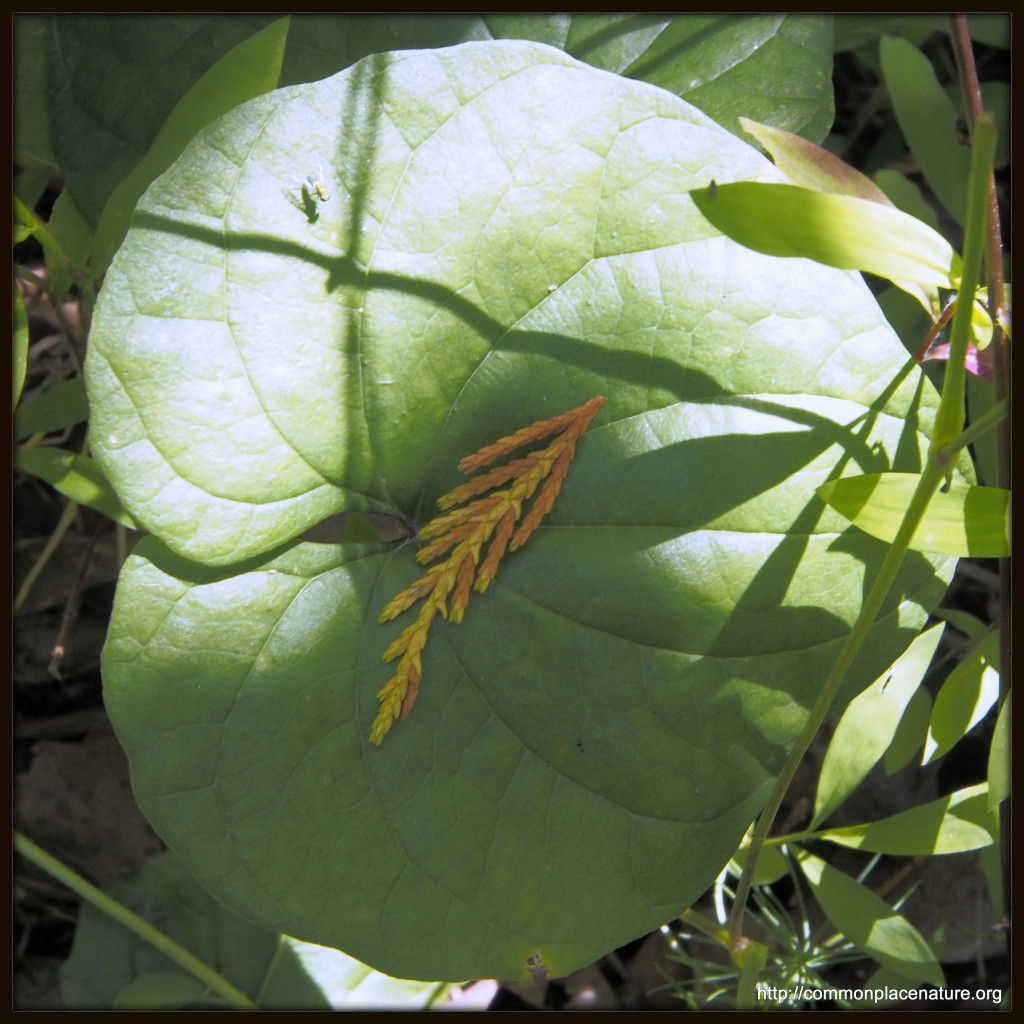
The Road goes ever on and on
Down from the door where it began.
Now far ahead the Road has gone,
And I must follow, if I can,
Pursuing it with eager feet,
Until it joins some larger way
Where many paths and errands meet.
And whither then? I cannot say.
— J.R.R. Tolkien, The Lord of the Rings
Below: Piney Woods Church Road illumined during a sunshower, 10 June 2014.
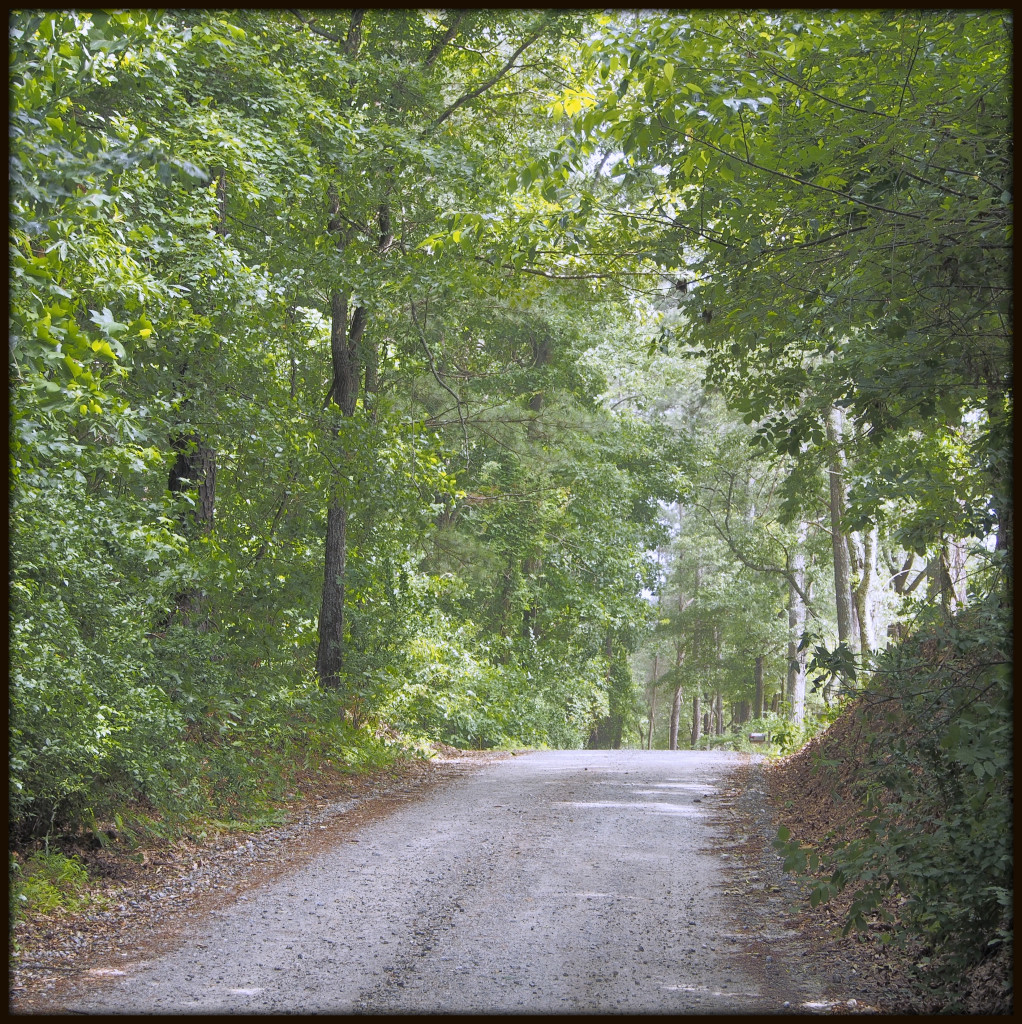
After several weeks of practically no flowers apart from the ubiquitous daisy fleabane (and a few out-of-season wisteria blossoms), imagine my delight to encounter a lone daylily (Hemerocallis sp.) blossom in brilliant orange, growing beside a cattle pasture fence post. Originally native to Asia, daylilies have been widely cultivated throughout the United States; the escaped cultivars are a common sight along many roadsides this time of year. The flower head is edible, tasting like slightly sweet lettuce, adding a splash of color to a salad. Since there was only one blossom, though, I contented myself with taking a few photos, leaving it for the admiration of future passersby.

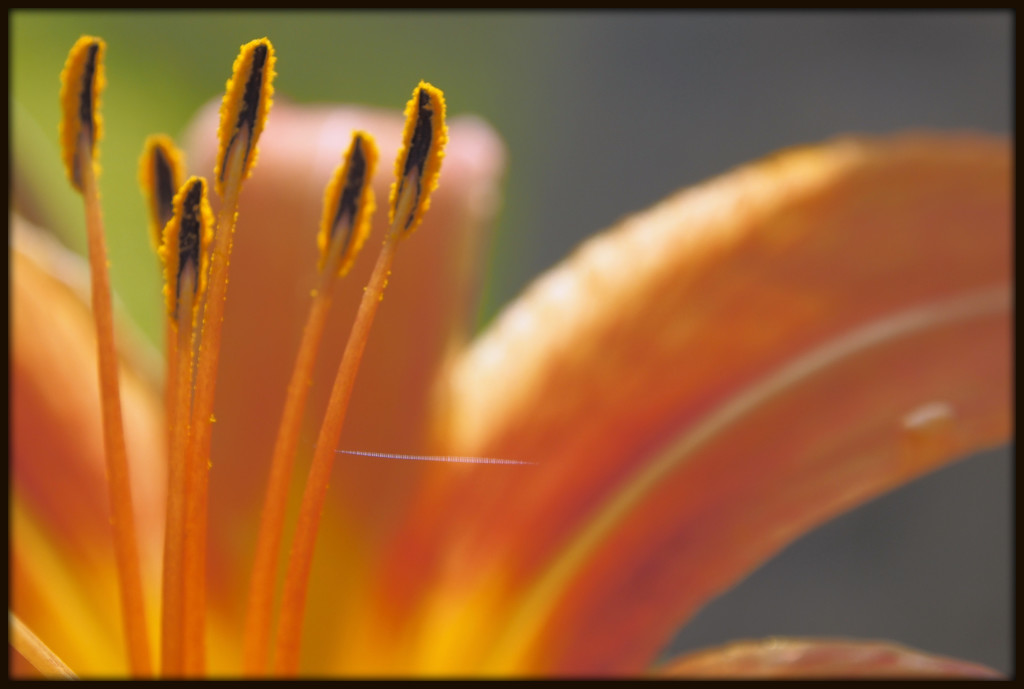

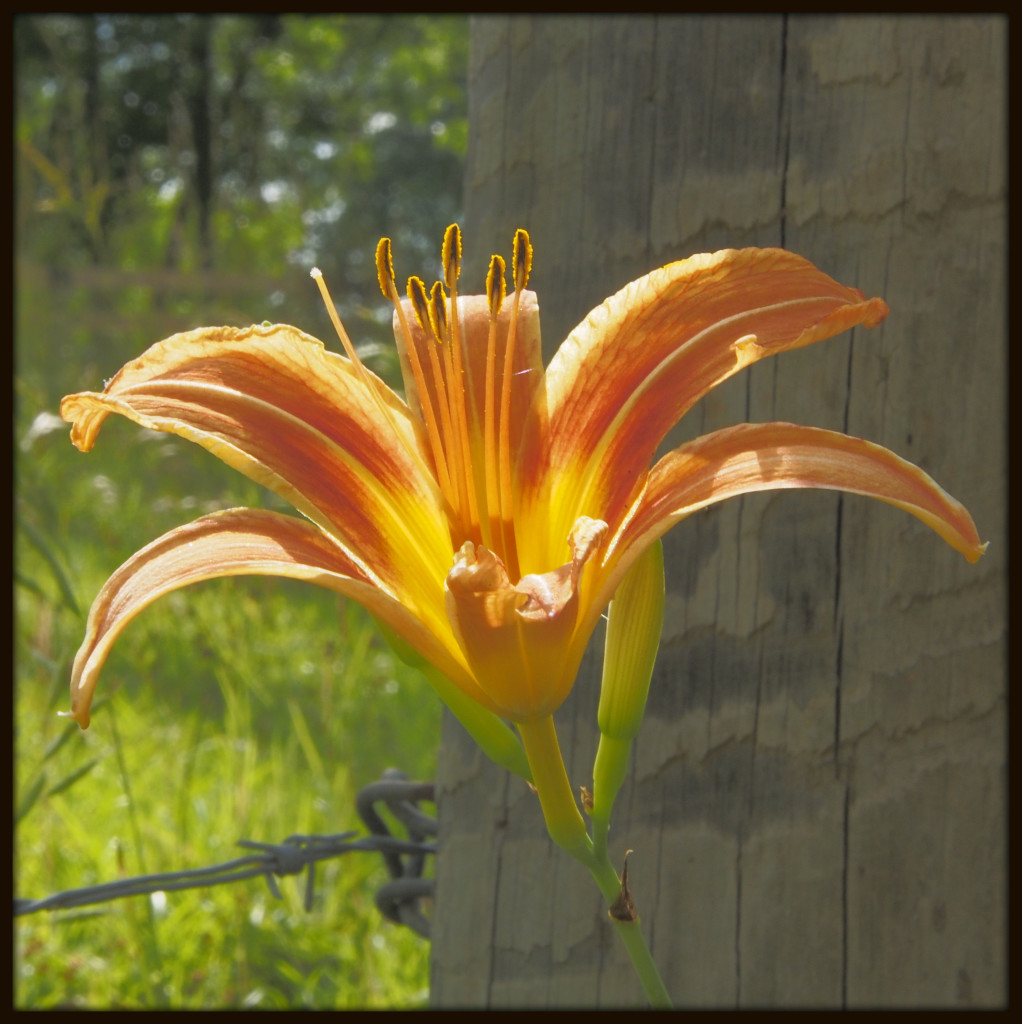
It was a lovely, somewhat steamy late-spring afternoon, and the bees were busily at work along Piney Woods Church Road, dashing from clover to clover. I watched one highly enthusiastic bumblebee darting from one flower head to the next, with each new landing causing the blossom to flop over onto the ground. I suppose, given the clover’s need to get pollinated, it was worth the weight.
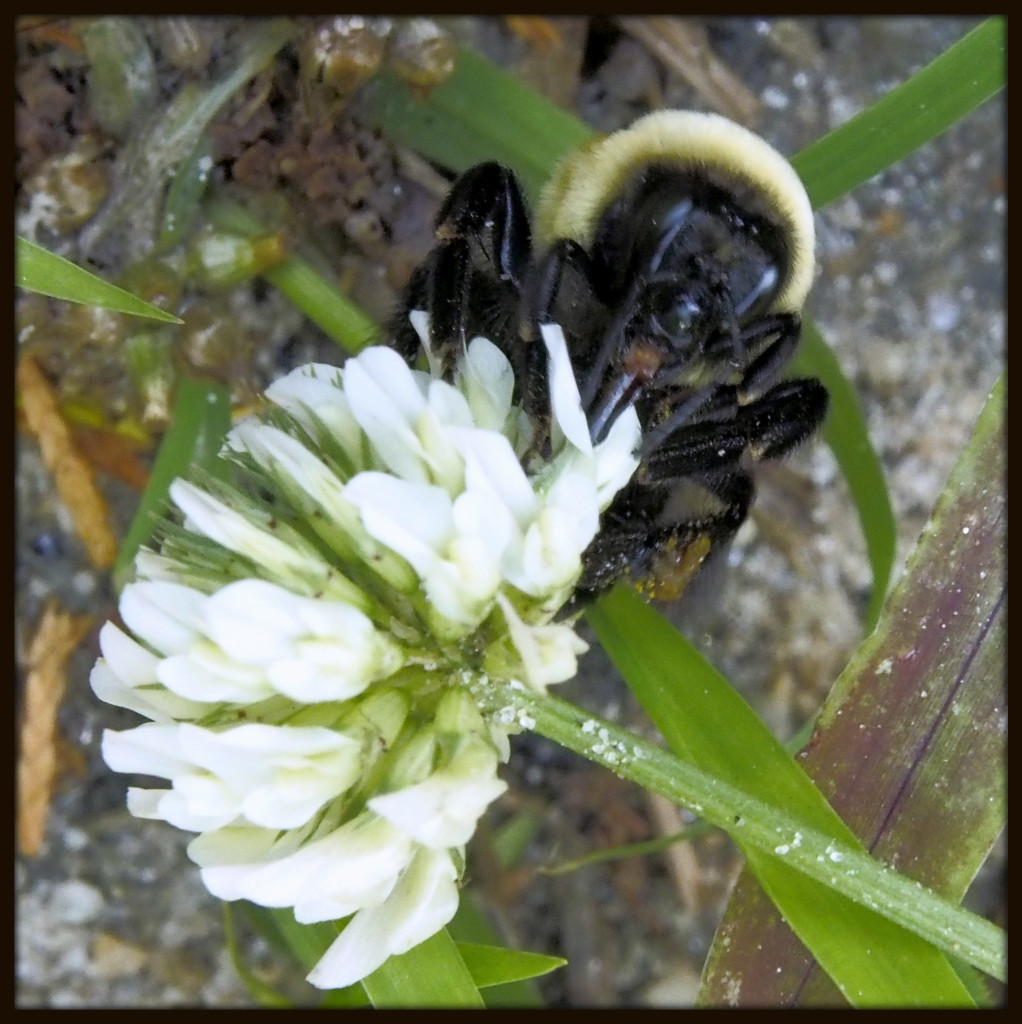
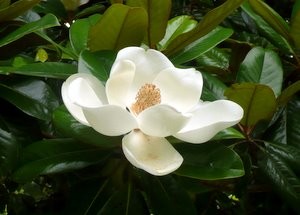 The southern magnolia (Magnolia grandiflora) is of an ancient lineage. Emblem of the old South, its roots reach back much further into the evolutionary past. In his marvelous book, A Natural History of Trees of Eastern and Central North America, Donald Culross Peattie wrote of how magnolias “have come down to us, by the winding ways of evolution, from an unimaginable antiquity.” Paleontologists have found fossils of past species of Magnoliaceae, the family of plants to which magnolias belong, stretching back 95 million years. Those earliest ancestors of the magnolias of today flourished during the mid-Cretaceous Era in the days of the dinosaurs, before Tyrannosaurus rex even appeared on the scene. A species of magnolia tree similar to magnolias of today has been identified from fossils dating back to twenty million years ago. Once spanning the globe, Ice Age glaciation extirpated magnolias from many places, leaving behind a disjunct distribution of species. Of the 245 species of trees and shrubs in Magnoliaceae, two-thirds are found in Asia, and forty percent of these are in southern China alone. The other third is found in eastern North America, the West Indies, Central America, and South America. Over half of these 245 species are now approaching extinction in the wild, due to rapid destruction of their forest habitat.
The southern magnolia (Magnolia grandiflora) is of an ancient lineage. Emblem of the old South, its roots reach back much further into the evolutionary past. In his marvelous book, A Natural History of Trees of Eastern and Central North America, Donald Culross Peattie wrote of how magnolias “have come down to us, by the winding ways of evolution, from an unimaginable antiquity.” Paleontologists have found fossils of past species of Magnoliaceae, the family of plants to which magnolias belong, stretching back 95 million years. Those earliest ancestors of the magnolias of today flourished during the mid-Cretaceous Era in the days of the dinosaurs, before Tyrannosaurus rex even appeared on the scene. A species of magnolia tree similar to magnolias of today has been identified from fossils dating back to twenty million years ago. Once spanning the globe, Ice Age glaciation extirpated magnolias from many places, leaving behind a disjunct distribution of species. Of the 245 species of trees and shrubs in Magnoliaceae, two-thirds are found in Asia, and forty percent of these are in southern China alone. The other third is found in eastern North America, the West Indies, Central America, and South America. Over half of these 245 species are now approaching extinction in the wild, due to rapid destruction of their forest habitat.
Denizen of the southern Coastal Plain and established guest across much of the southern Piedmont, the southern magnolia fortunately has a fairly secure future. It has become emblematic of the old South, and is commonly seen growing on the properties of antebellum plantation homes, as well as many a suburban front yard. This author visited an antebellum mansion, now a bed and breakfast, in eastern Georgia a few years ago. In the front yard were a pair of mighty magnolias with immense trunks. The same trees could be seen as slender saplings in a photograph of the house taken just prior to the Civil War.
To view a blossoming magnolia and breathe in its strong lemony fragrance is at once to connect with both the heritage of the South and another heritage that reaches back to the very evolutionary origins of the angiosperms, or flowering plants. While not the most primitive of flowers (botanists grant that status to water lilies), magnolias are not far behind. They evolved before bees did, so they rely instead upon beetles for pollination. This may seem unusual, but in fact, beetles actually pollinate an amazing eighty-eight percent of all the flowering plants around the world. As pollinators, beetles lack the delicate elegance of a hummingbird or butterfly. They tend to be quite messy, bumbling about and damaging flowers in the process, and sometimes defecating and leaving waste behind. For this reason, magnolias have very hardy flowers, with thick sepals and petals and tough carpels. They do not secrete nectar. Instead, they produce protein-rich pollen upon which the beetles feed.
A number of other features of the magnolia blossom indicate its ancient lineage. As Peatiie wrote of its close relative the mountain magnolia (Magnolia fraseri), “Its antiquity is visible in its flower structure, which is primitive, and so is that of the fruit and of the wood.” Although most flowering plants have blooms in which the petals and sepals (modified leaves that protect the flower bud) look quite different (often the sepals are green and the petals brightly colored), the petals and sepals of magnolia flowers are virtually identical. The are arranged in a simple whirl pattern. The flower also produces no complex structures for limiting flower access to certain species of pollinators or for controlling pollinator behavior. Magnolia flowers are also unusual for having many stamens (male flower parts) and pistils (female flower parts). The receptacle to which both are attached bears the stamens at its base and the pistils at the top.
After pollination, the flower loses its petals and sepals, and the aggregate fruit begins to develop. The follicles (former pistils) form a cone-like structure. In time, these follicles split, releasing dry, seeds with bright red fleshy coverings called arils. High in fat, these seeds provide excellent forage for many species of small mammals and birds in the autumn. The birds are particularly familiar visitors, since they are themselves the descendants of dinosaurs. Their own ancestors may well have walked among (or trampled down, or eaten) some of the earliest members of the magnolia family, tens of millions of years ago.
This article was originally published on June1, 2010.
I photographed this curving and re-curving muscadine grape tendril along the roadside earlier today.
